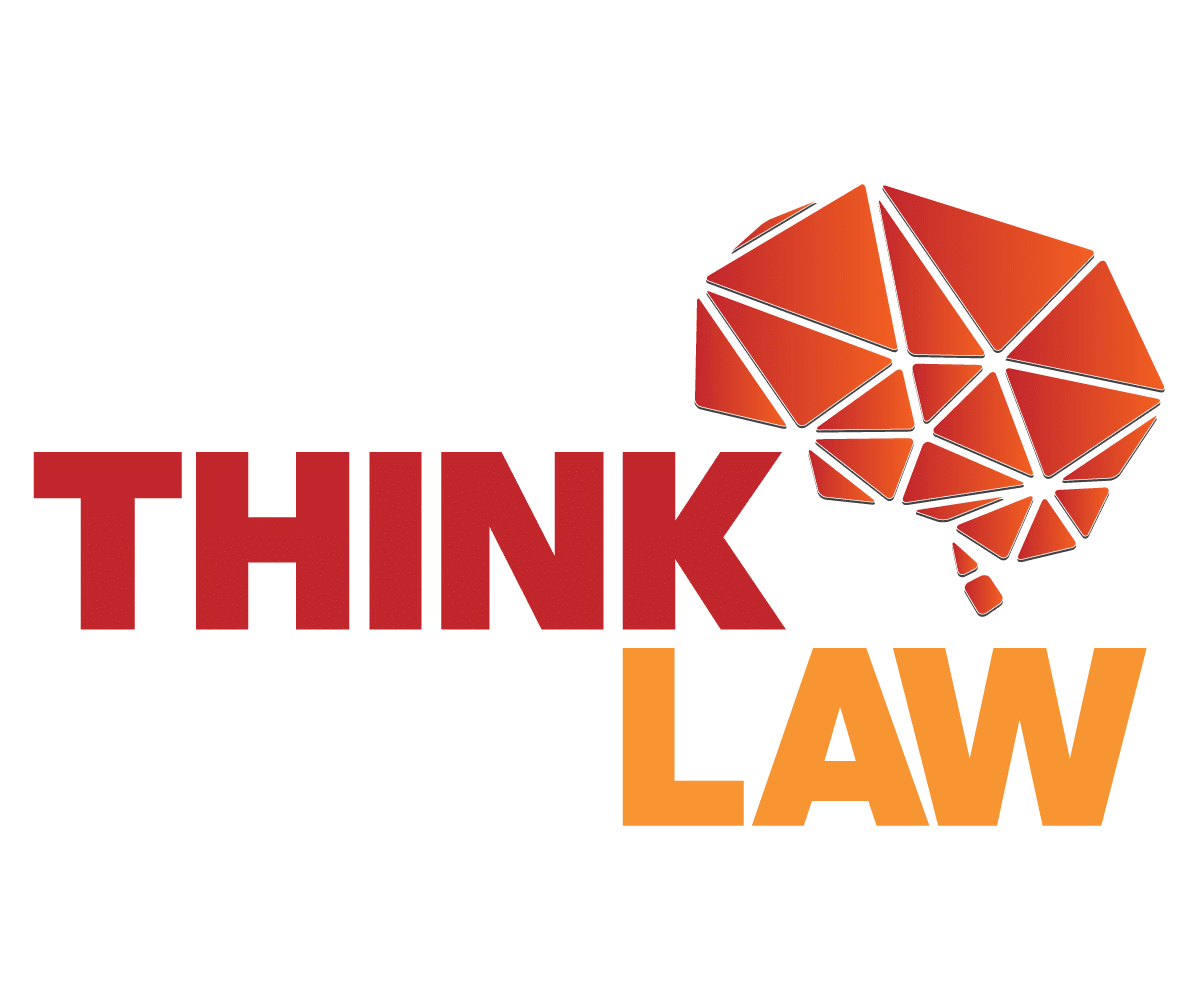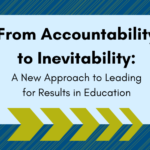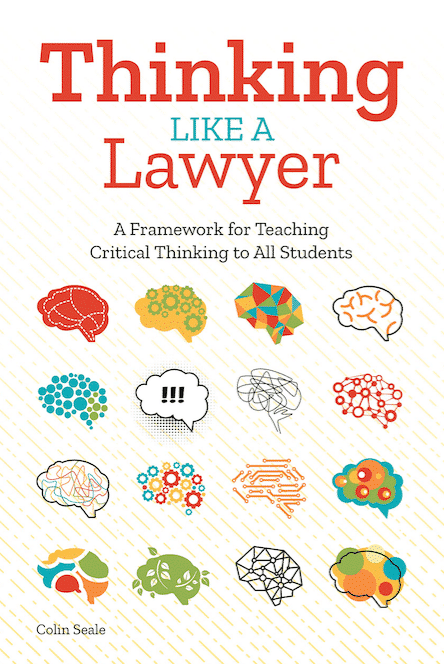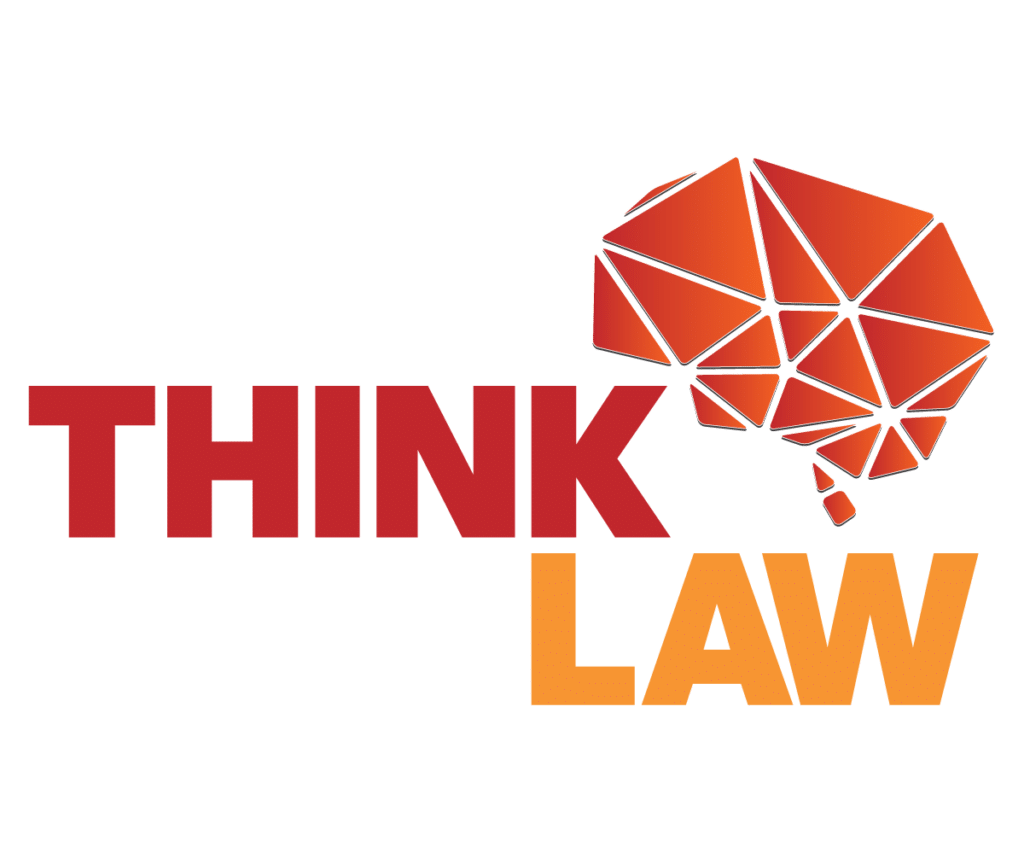“Given the positions he had taken, he realized that, you know, he could be killed at any time, but for him, his commitment to what he believed and to a higher authority was such that he didn’t mind giving his life for a cause that he believed in.”
Coretta Scott King, Testimony during the 1999 conspiracy lawsuit
The year 2018 marks the 50 year anniversary of the assassination of Dr. Martin Luther King Jr. This week and next students all across America will spend time learning about the life, mission, and work of Dr. King. But what if this year you could inspire your students on Martin Luther King Jr. day with a different approach?
The traditional story of the assassination was that one man, James Earl Ray, acted alone. Ray shot Dr. King and fled to London. He was extradited a few months later, pled guilty, and spent the rest of his life behind bars.
Case closed. Or was it?
In 1999, the King family filed a civil lawsuit against Loyd Jowers and Other Unknown Conspirators. It was the belief of the King family that James Earl Ray had not acted alone. In fact, they believed James Earl Ray was not even the gunman. Over the course of the trial seventy witnesses testified. The full transcript of the trial is available for free download on the King Center website. It’s almost 3,000 pages long.
The jury deliberated for less than 2 hours before coming back with a unanimous verdict. They ruled that the assassination of Dr. Martin Luther King Jr. was in fact a conspiracy. The King family asked only for $100.
The lawsuit is fascinating. The mafia. The government. The KKK. Bombs. Threats. People getting run off the road.
Place your students in the role of investigator. The thinkLaw Lesson “Conspiracy” is broken into four parts:
Part 1: Proving James Earl Ray was not the gunman
Part 2: Proving Loyd Jowers was involved in planning and carrying out the assassination
Part 3: Proving that there were other co-conspirators involved
Part 4: Written reflection.
Your students will create an investigation plan: What evidence do they need to collect? Who should they interview? What questions should they ask? Throughout the lesson you provide them with more and more information until ultimately they are asked to decide if the assassination was a conspiracy.
Too often as educators, we approach MLK day the same year after year. Read a speech. Write and essay. This year take a new approach and ask your students some hard questions:
-
- Why were people so threatened by the work and message of Dr. King?
-
- Why would so many people conspire to assassination Dr. King?
- Why FIFTY YEARS later are people so unfamiliar with this story about such a monumental moment in history?
As we reflect this year over the anniversary of assassination, challenge your students to think critically about the truth and implications of Dr. King’s death.
To download “Conspiracy” from our Teachers Pay Teachers store as part of our MLK Critical Thinking Bundle, click here.









Leave a Reply